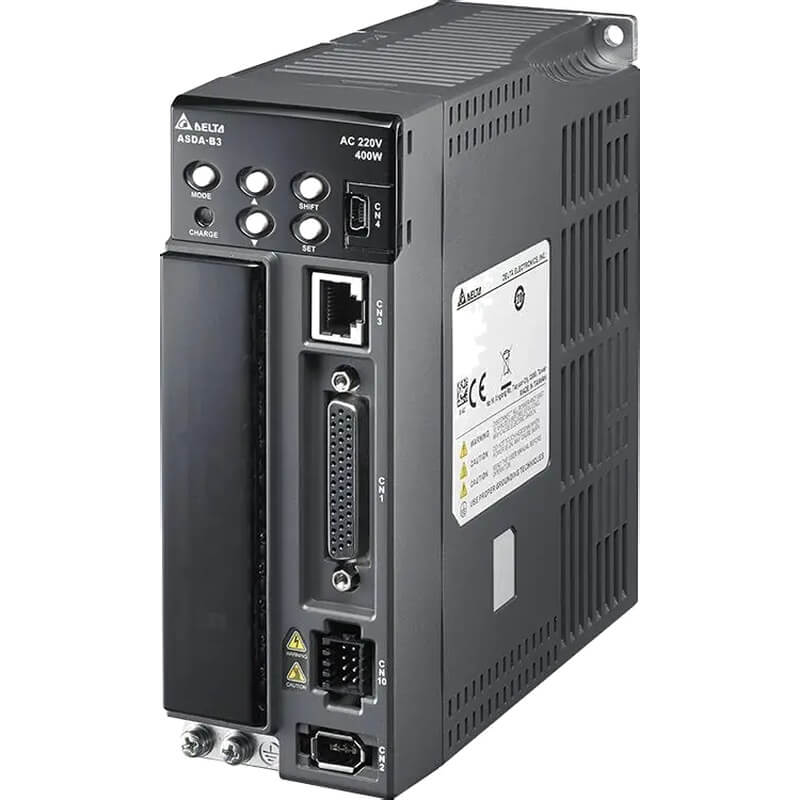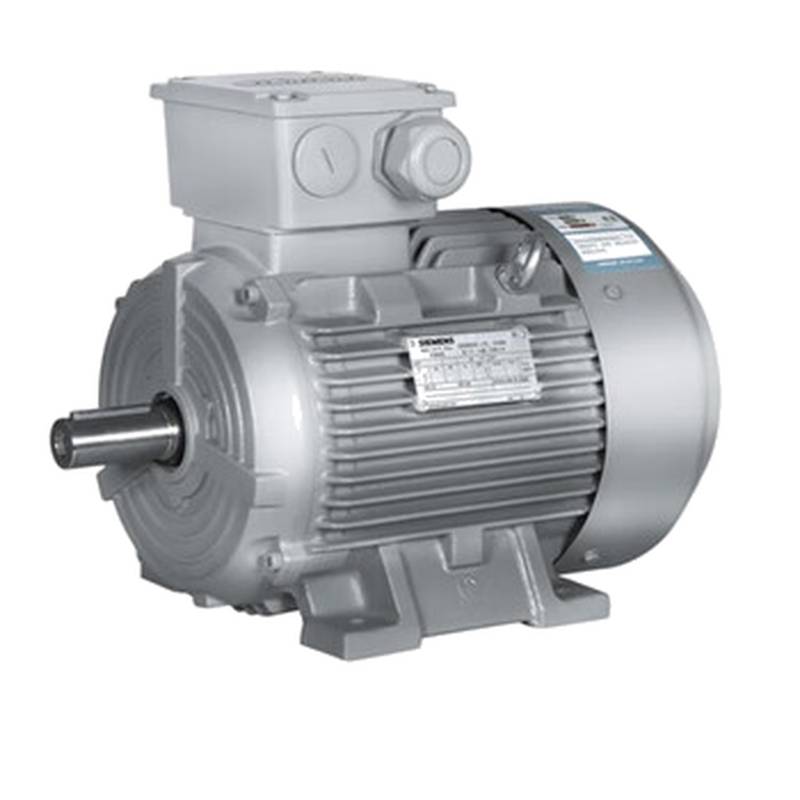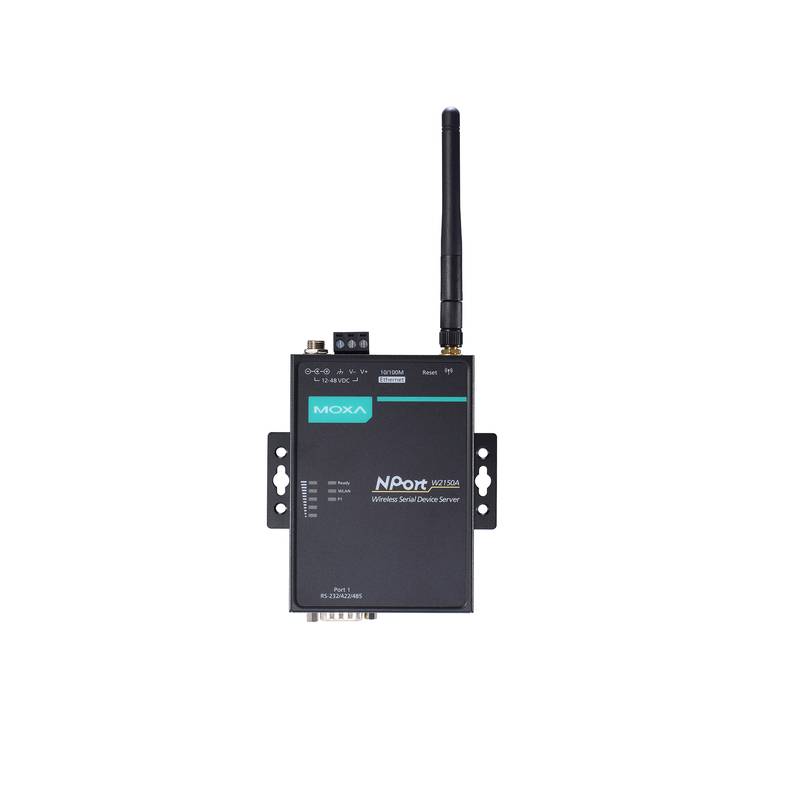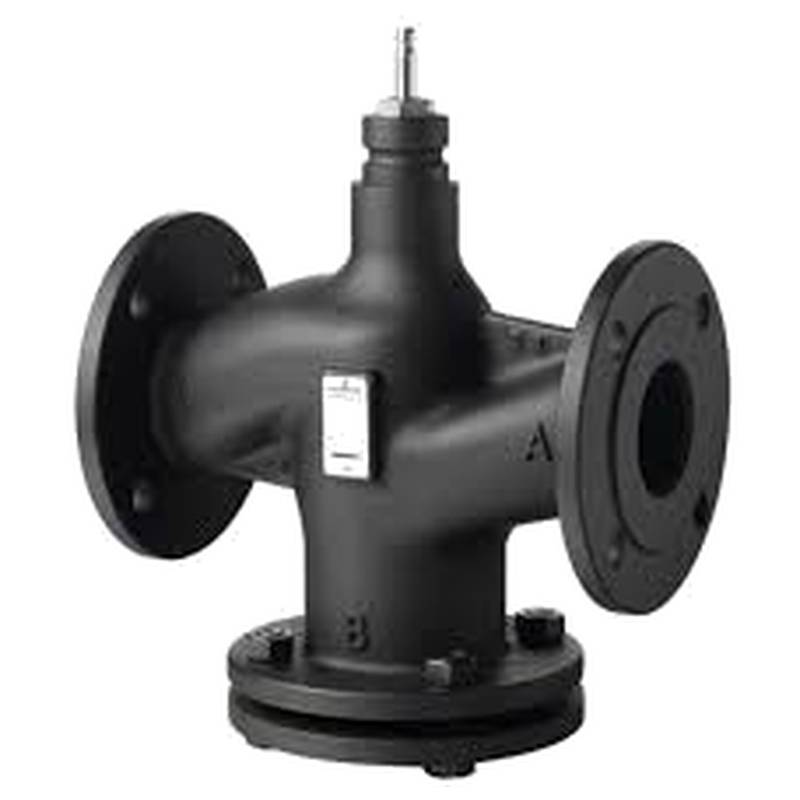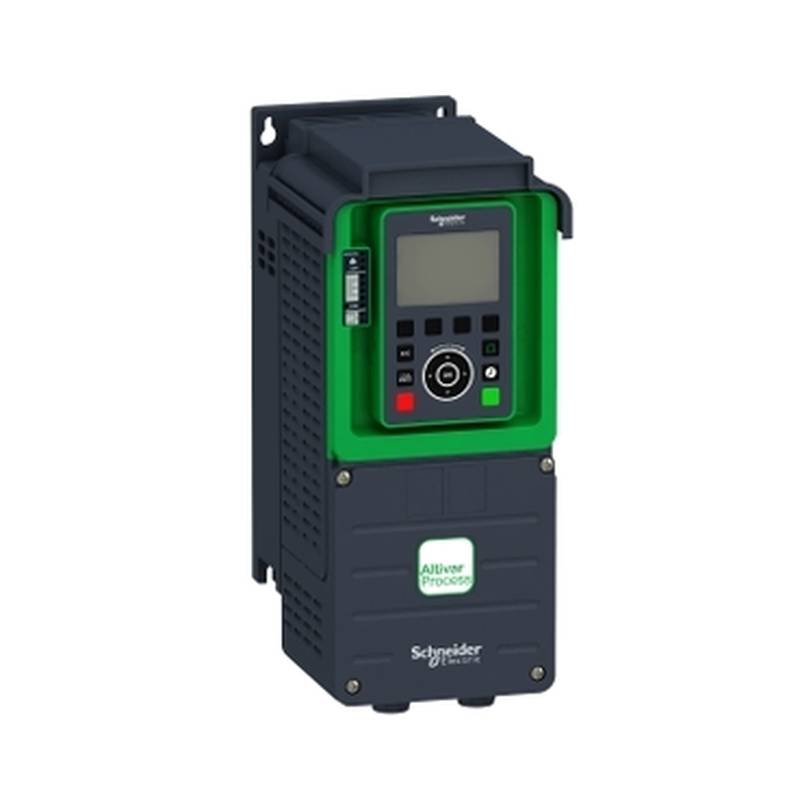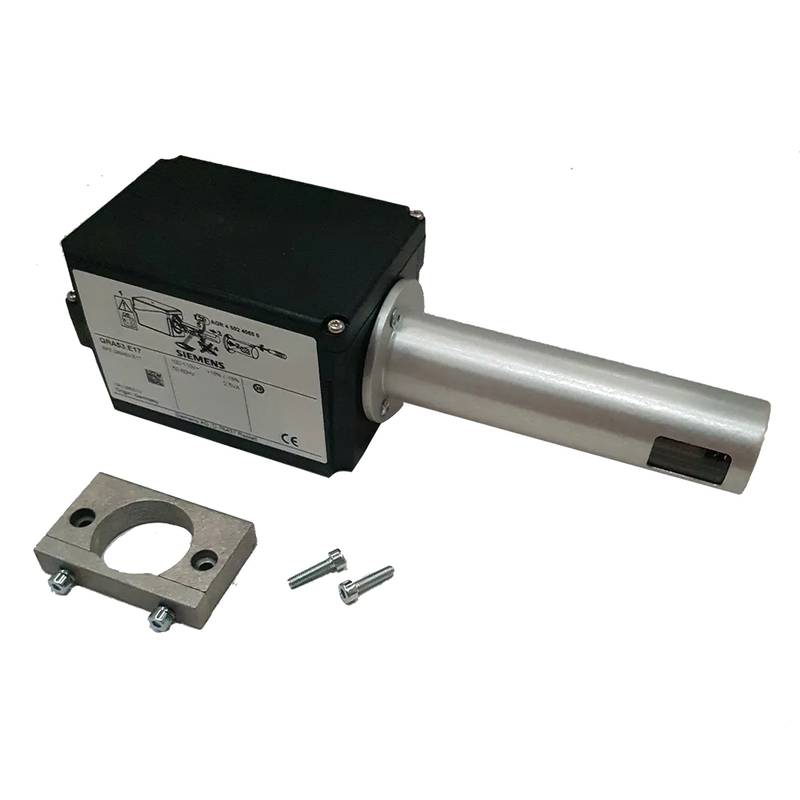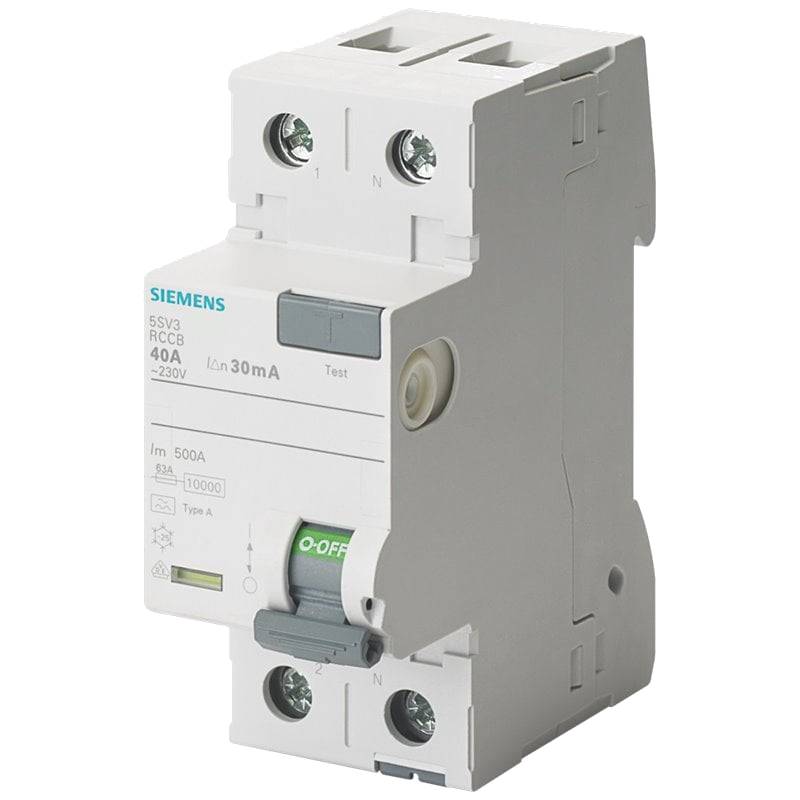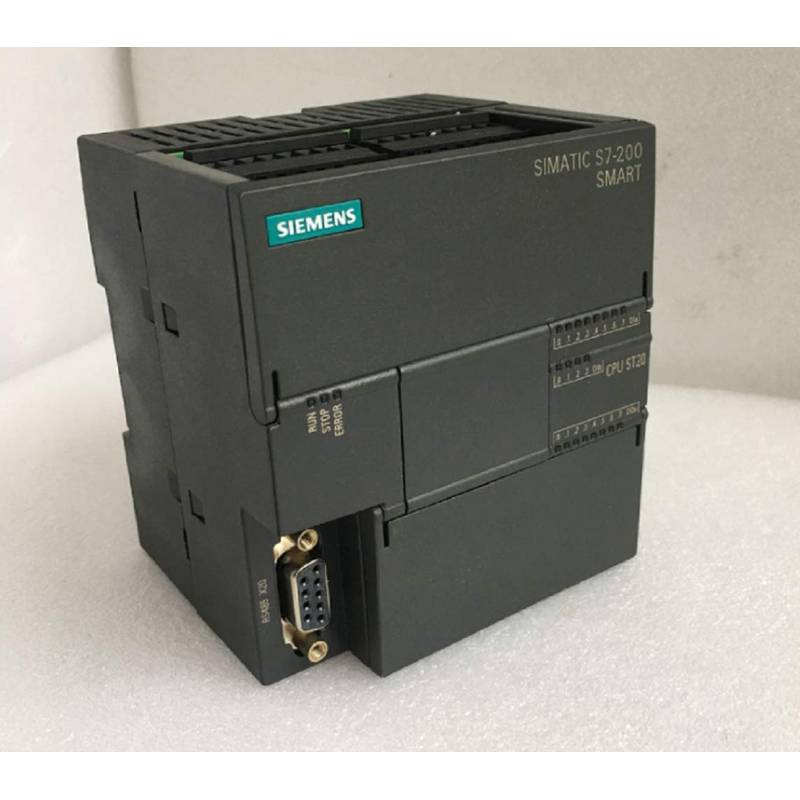
The Delta ASD-B3A-1043-P High Inertia Servo with Dynamic Response System represents a significant advancement in motion control technology, engineered for applications demanding high precision, rapid acceleration, and exceptional stability. This sophisticated servo system integrates advanced features designed to optimize performance and simplify integration within complex industrial environments. Key advantages include its impressive responsiveness, achieving a 40% reduction in settling time compared to previous generations, and its robust construction capable of supporting high inertia loads. The system is equipped with 24-bit absolute encoders for superior positional accuracy, a broad communication bus for flexible integration, and embedded PID control for precise loop management. Technical parameters highlight a motor speed capability of up to 6000 rpm and a peak torque of 350%, coupled with a high response bandwidth of 3.1 kHz.
Product Specifications
| Feature | Specification |
| :------------------ | :----------------------------------------------- |
| Series | ASDA-B3 Series |
| Model Number | ASD-B3A-1043-P |
| Rated Power Output | 1 kW (for related models) |
| Voltage | 200-230V 1-Phase/3-Phase (for related models) |
| Communication Bus | EtherCAT, CANopen, PROFINET (under development) |
| Encoder Resolution | 24-bit absolute encoder |
| Response Bandwidth | Up to 3.1 kHz |
| Max. Torque | 350% |
| Max. Speed | 6000 rpm |
| Settling Time | Reduced by 40% compared to previous models |
| Safety Function | Built-in STO (Safety Torque Off), SIL-2, PL-D |
Core Features & Market Positioning
The Delta ASD-B3A-1043-P distinguishes itself in the competitive servo market through its "Dynamic Response System," a key differentiator that enables rapid and precise motion control. This system, combined with advanced gain adjustment, system analysis, and vibration suppression functions, positions the ASDA-B3 series as a high-performance solution for demanding automation tasks. Its market positioning is further solidified by its compatibility with previous Delta servo generations (A2, A3, B2 motors), offering a smooth upgrade path for existing Delta users. The inclusion of 24-bit absolute encoders ensures high positioning precision, a critical factor for applications like robotics, semiconductor manufacturing, and advanced machine tools. The enhanced responsiveness and reduced settling times directly translate to increased productivity and throughput on the factory floor, making it an attractive option for manufacturers seeking to optimize their operations.
Key Application Scenarios
The versatility and precision of the Delta ASD-B3A-1043-P make it suitable for a wide array of industrial applications. Its high inertia capability is particularly beneficial in applications involving large masses or rapid acceleration/deceleration cycles, such as in industrial robots for pick-and-place operations or articulated arm movements. In the semiconductor industry, its high positioning accuracy is crucial for wafer handling and precise lithography processes. Machine tool applications, including CNC machining and automated assembly, benefit from its rapid settling times and robust control, ensuring high surface finishes and tight tolerances. The printing and packaging industries can leverage its dynamic response for high-speed print head movements and accurate material feeding. Furthermore, its compatibility with various communication protocols like EtherCAT and PROFINET facilitates seamless integration into modern, networked automation systems found in textiles, warehousing, and medical device manufacturing.
Practical System Integration Guidance
Integrating the Delta ASD-B3A-1043-P into an existing system requires careful attention to wiring and configuration. The ASDA-B3 series supports multiple communication protocols, including EtherCAT and CANopen, allowing for flexible network integration. For PROFINET, it's noted as "under development" but offers high-speed, synchronized communication. Proper grounding is paramount; ensure all grounding connections adhere to specifications (e.g., copper wire cross-sectional area of at least 10 mm²) to prevent electric shock or fire hazards. The user manual provides detailed wiring diagrams for power, motor, encoder, and control signals, emphasizing secure connections to prevent intermittent operation or damage. Isolation of motor power cables from encoder feedback cables is recommended to minimize noise and capacitive coupling. Delta's ASDA-Soft software suite facilitates configuration, auto-tuning, and system analysis, simplifying the commissioning process and reducing troubleshooting time.
Operation and Risk Mitigation
Safe operation of the Delta ASD-B3A-1043-P servo system hinges on adherence to safety protocols and understanding potential risks. The drive incorporates a built-in STO (Safety Torque Off) function, rated to SIL-2 and PL-D, which provides a critical safety layer by preventing unexpected motor startup. During operation, it's crucial to install the drive in a shielded control box to mitigate electromagnetic interference and protect sensitive components. Avoid operating the system in environments with excessive heat, humidity, dust, or corrosive gases. Before performing any installation, wiring, or maintenance, always disconnect power. During initial trial runs, it is strongly recommended to operate the motor under no-load conditions and detached from the mechanical system to identify potential issues without causing damage or injury. Regular inspection of wiring, connections, and components for visible damage or wear is essential for long-term reliability and safety.
Scalability & Long-Term Value
The Delta ASD-B3A-1043-P offers considerable scalability and long-term value, primarily through its compatibility with previous Delta servo generations (A2, A3, B2 motors) and its support for advanced communication protocols. This backward compatibility ensures that systems already utilizing Delta servo technology can be upgraded to the ASDA-B3 series with minimal disruption, protecting existing investments. The system's architecture is designed to integrate with modern Industrial IoT (IIoT) and digital manufacturing solutions. Support for fieldbus systems like EtherCAT and CANopen, along with potential PROFINET integration, allows for seamless data exchange and advanced diagnostics within smart factory environments. The availability of software tools for system analysis and advanced gain adjustment further enhances the system's adaptability to evolving production needs, ensuring its relevance and value over its lifecycle.
Frequently Asked Questions
1. What are the primary advantages of the Delta ASD-B3A-1043-P servo drive?
The Delta ASD-B3A-1043-P offers a significant leap in performance with a 40% reduction in settling time due to its high-speed response bandwidth of up to 3.1 kHz. It features 24-bit absolute encoders for superior positional accuracy, crucial for precision-driven applications. The integrated Dynamic Response System enhances stability and control, even under high inertia loads.
This servo drive incorporates built-in Safety Torque Off (STO) functionality, rated to SIL-2 and PL-D, which is a vital safety feature for industrial environments. Its compatibility with previous Delta servo motor series (A2, A3, B2) ensures a streamlined upgrade path for existing installations.
The system also boasts advanced features like gain adjustment, vibration suppression, and system analysis interfaces, all accessible through user-friendly software, simplifying commissioning and maintenance.
2. How does the High Inertia capability of the Delta ASD-B3A-1043-P benefit industrial applications?
High inertia handling means the servo system can precisely control loads with significant rotational mass or momentum. This is critical for applications involving rapid acceleration and deceleration, such as robotic arms or large part positioning systems. It ensures stability and prevents oscillation even when dealing with substantial inertia mismatches.
Applications that benefit include industrial robots, material handling equipment, and large machine tools where quick, smooth movements of heavy loads are required. The system's robust design and control algorithms are optimized to manage these demanding dynamic conditions effectively.
By accurately controlling high inertia loads, the Delta ASD-B3A-1043-P enhances overall system performance, reduces cycle times, and improves the precision of operations, leading to increased productivity and quality.
3. What communication protocols does the Delta ASD-B3A-1043-P support for system integration?
The ASDA-B3 series, including the ASD-B3A-1043-P, supports modern industrial communication standards like EtherCAT and CANopen, enabling high-speed, synchronized data exchange. PROFINET communication is noted as being under development, suggesting future compatibility.
These protocols allow for seamless integration into distributed control systems and networked automation architectures. They facilitate real-time monitoring, diagnostics, and control of the servo drive and connected machinery.
The variety of supported protocols offers flexibility in system design, allowing engineers to select the most appropriate communication method based on existing infrastructure and performance requirements.
4. How is the "Dynamic Response System" in the Delta ASD-B3A-1043-P implemented and what does it achieve?
The Dynamic Response System is Delta's proprietary technology focused on achieving superior motion control characteristics. It involves advanced algorithms within the servo drive's control loop that analyze system dynamics in real-time. This system optimizes parameters to enhance responsiveness and stability.
Its primary achievement is a significant reduction in settling time (up to 40% improvement) and an increased response bandwidth (up to 3.1 kHz). This allows for faster machine cycles, higher throughput, and improved accuracy in dynamic movements.
The system also includes features like auto-tuning, gain adjustment, and vibration suppression, which work in conjunction with the dynamic response capabilities to ensure optimal performance across a wide range of operating conditions and load types.
5. What are the key technical specifications regarding power and speed for the Delta ASD-B3A-1043-P?
While the specific rating for the "1043-P" model in terms of absolute continuous torque might require consulting a detailed datasheet, related models in the series offer up to 1 kW of rated power output. The motors compatible with the ASDA-B3 series support speeds up to 6000 rpm.
The drive itself can deliver peak torque up to 350% of its rated torque, allowing for rapid acceleration and handling of transient load demands. This combination of power, speed, and peak torque capability is essential for high-performance motion control.
The drive's high response bandwidth of 3.1 kHz ensures that it can accurately command and control these high speeds and torques, translating into precise and efficient machine operation.
6. What safety features are integrated into the Delta ASD-B3A-1043-P, and what do they mean for industrial users?
The most significant integrated safety feature is the "Safe Torque Off" (STO) function, which is rated to SIL-2 (Safety Integrity Level 2) and PL-D (Performance Level D). This feature is crucial for preventing unexpected machine startup and ensuring personnel safety.
STO works by safely disabling the torque output to the motor without necessarily shutting down the main power to the drive. This allows for quick and safe intervention in emergency situations. The SIL-2 and PL-D ratings indicate a high level of reliability and risk reduction capability.
The built-in STO eliminates the need for external safety modules for this specific function, simplifying system design and reducing costs, while meeting stringent international safety standards.
7. How does the Delta ASD-B3A-1043-P compare to its predecessors, like the ASDA-B2 series?
The ASDA-B3 series, including the ASD-B3A-1043-P, represents a substantial upgrade from the ASDA-B2 series. The response bandwidth has increased from 0.5 kHz to 3.1 kHz, and the settling time has been reduced by 40%.
This enhanced performance means the ASDA-B3 series can achieve higher productivity, faster cycle times, and greater precision in motion control tasks compared to the B2 series. It also offers higher load tolerance and improved system stability.
Additionally, the ASDA-B3 series features a more compact motor design, higher encoder resolution (24-bit absolute), and integrated STO safety functionality, which were not standard or as advanced in the B2 series.
8. What is the role of the auto-tuning function in the Delta ASD-B3A-1043-P, and how is it used?
The auto-tuning function simplifies the process of optimizing servo parameters for a specific mechanical system. It automatically analyzes the system's inertia, stiffness, and friction, then adjusts the servo drive's gains for stable and precise control. This significantly reduces the time and expertise required for commissioning.
Users typically initiate the auto-tuning process through Delta's ASDA-Soft software or directly via the drive's interface. The function helps overcome challenges like mechanical resonance or poor stiffness, which can hinder performance.
By leveraging auto-tuning, users can achieve optimal performance quickly, even with complex or varying load conditions, ensuring the servo system operates at its best without extensive manual tuning.
9. Can the Delta ASD-B3A-1043-P be used with high inertia loads, and what considerations are important?
Yes, the Delta ASD-B3A-1043-P is specifically designed to handle high inertia loads effectively, a capability highlighted by its "High Inertia Servo" designation and dynamic response system. Its improved load tolerance allows for better control resolution and system stability.
When integrating with high inertia loads, it's crucial to accurately determine the load inertia ratio relative to the motor inertia. This information is vital for proper parameter setting during the auto-tuning process to ensure stable operation.
Users should also consult the relevant motor specifications and the drive's manual to ensure the chosen motor and drive combination is appropriately sized for the application's inertia requirements and dynamic demands.
10. What are the typical applications for the Delta ASD-B3A-1043-P servo drive in the industry?
The Delta ASD-B3A-1043-P is well-suited for demanding industrial applications requiring high precision and dynamic performance. This includes robotics, automated manufacturing, semiconductor equipment, and precision machine tools.
Other key areas include packaging machinery, textile machinery, and high-speed printing equipment where accurate and rapid motion control is essential for product quality and throughput.
Its advanced features and compatibility with modern communication protocols also make it an ideal choice for integration into Industry 4.0 and IIoT environments, supporting smart factory initiatives.














